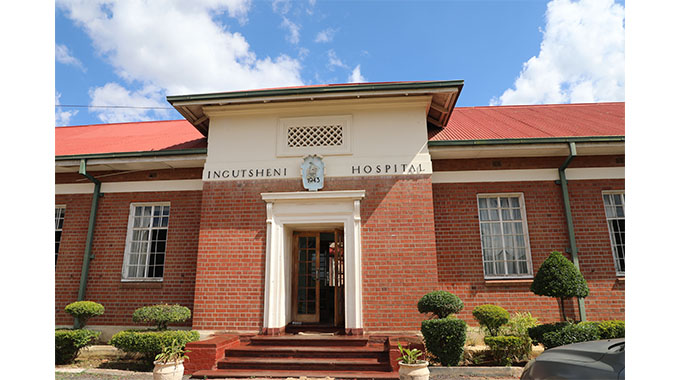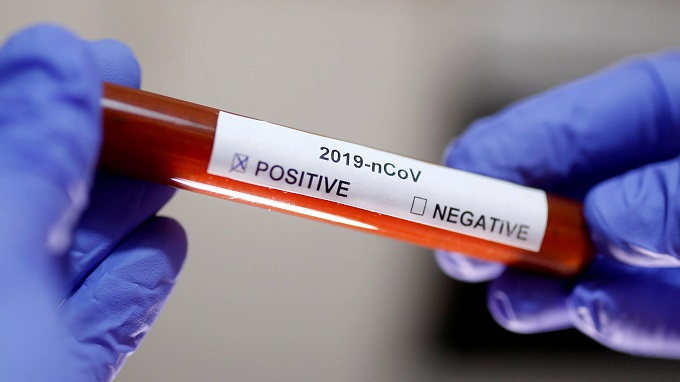Breast cancer: What you should know
Dr Tatenda Simango
I hope I find you well. We are in the Breast Cancer Awareness Month in which we share information on how best we can detect the cancer early while the treatment and chances of cure are better.
Breast cancer, like other cancers, occurs because of an interaction between an environmental (external) factor and a genetically susceptible host. Normal cells divide as many times as needed and stop. They attach to other cells and stay in place in tissues. Cells become cancerous when they lose their ability to stop dividing, to attach to other cells, to stay where they belong, and to die at the
Breast cancer can occur in men and women, but is more common in women. The risk of developing breast cancer is increased in people who have first and second-degree relatives that also developed breast and ovarian cancer. The familial tendency to develop these cancers is called hereditary breast–ovarian cancer syndrome. The best known of these, the BRCA mutations, which is a change in the genetic makeup of the normal DNA, making one more prone to developing breast or ovarian cancer.
Signs and symptoms of breast cancer may include:
– A breast lump or thickening that feels different from the surrounding tissue
– Change in the size, shape or appearance of a breast
– Changes to the skin over the breast, such as dimpling
– A newly inverted nipple
– Peeling, scaling, crusting or flaking of the pigmented area of skin surrounding the nipple (areola) or breast skin
– Redness or pitting of the skin over your breast, like the skin of an orange.
Breast cancer most often begins with cells in the milk-producing ducts (invasive ductal carcinoma). Breast cancer may also begin in the glandular tissue called lobules (invasive lobular carcinoma) or in other cells or tissue within the breast.
Risk factors include:
– Being a woman,
– Family history of breast cancer,
– Beginning period at a younger age,
– Beginning menopause at older age,
– Having first child at an older age,
– Never been pregnant,
– Obesity; likewise, excess fat in the midsection seems to induce a higher risk than excess weight carried in the lower body,
-A lack of physical activity, sitting regularly for prolonged periods is associated with higher mortality from breast cancer. The risk is not negated by regular exercise, though it is lowered,
-Postmenopausal hormonal therapy,
– Excessive alcohol consumption,
– Smoking appears to increase the risk of breast cancer, with the greater the amount smoked and the earlier in life that smoking began, the higher the risk,
– Radiation exposure
Prevention of breast cancer can be achieved by regular (monthly) screening and self-examination. This helps you become familiar with one’s breast makes it easy for one to identify the changes mentioned above.
Exercise and moderate alcohol intake. Maintain a healthy weight and choose a healthy diet rich in vegetables, fruits, whole grains, and legumes. High intake of citrus fruit has been associated with a reduction in the risk of breast cancer. Marine (fish) omega-3 polyunsaturated fatty acids appear to reduce the risk. High consumption of soya-based foods may reduce risk.
If one feels a mass in the breast, the doctor will examine both breasts and the armpit for a lump and any abnormality. If there is cancer of the breast it may spread via the lymph system and the doctor can feel bigger than expected masses in the armpits (lymph nodes). A mammogram (a special X-ray of the breast) is done to screen for breast cancer. If an abnormality is detected, a diagnostic (further evaluation) is done. Ultra sound scan of the breast can also be done, this is used to determine if the mass is a solid mass or filled with fluid.
A biopsy; the removal of a sample of breast tissue for examination under a microscope to check for cancer cells or other abnormalities will be done to confirm the cause of the lump. This test can take at most five working days to get a result.
High risk patients are those with a strong family history of breast cancer and take oestrogen blocking drugs. Oestrogen is the hormone that promotes the development of breast cancer. Women can also have healthy breasts surgically removed (prophylaxis) and removal of healthy ovaries (there is a link between breast and ovarian cancer). Removal of both breasts before any cancer has been diagnosed or any suspicious lump or other lesion has appeared (a procedure known as “risk reducing mastectomy”) may be considered in people with BRCA1 and BRCA2 mutations, which are associated with a substantially heightened risk for an eventual diagnosis of breast cancer. Evidence is not strong enough to support this procedure in anyone but those at the highest risk.
BRCA testing is recommended in those with a high family risk after genetic counselling. It is not recommended routinely. The medications tamoxifen may be used in an effort to prevent breast cancer in those who are at high risk of developing it.
In those who have been diagnosed with cancer, a number of treatments may be used, including surgery, chemotherapy, hormonal therapy, and targeted therapy. Types of surgery vary from breast-conserving surgery to mastectomy. Breast reconstruction may take place at the time of surgery or at a later date. In those in whom the cancer has spread to other parts of the body, treatments are mostly aimed at improving quality of life and comfort. “There can be life after breast cancer, the prerequisite is early detection,” Ann Jillian, a breast cancer survivor says. Till next week.
Dr Tatenda Simango can be contacted on [email protected] or follow him on Facebook@ 9th Avenue Surgery.











Comments